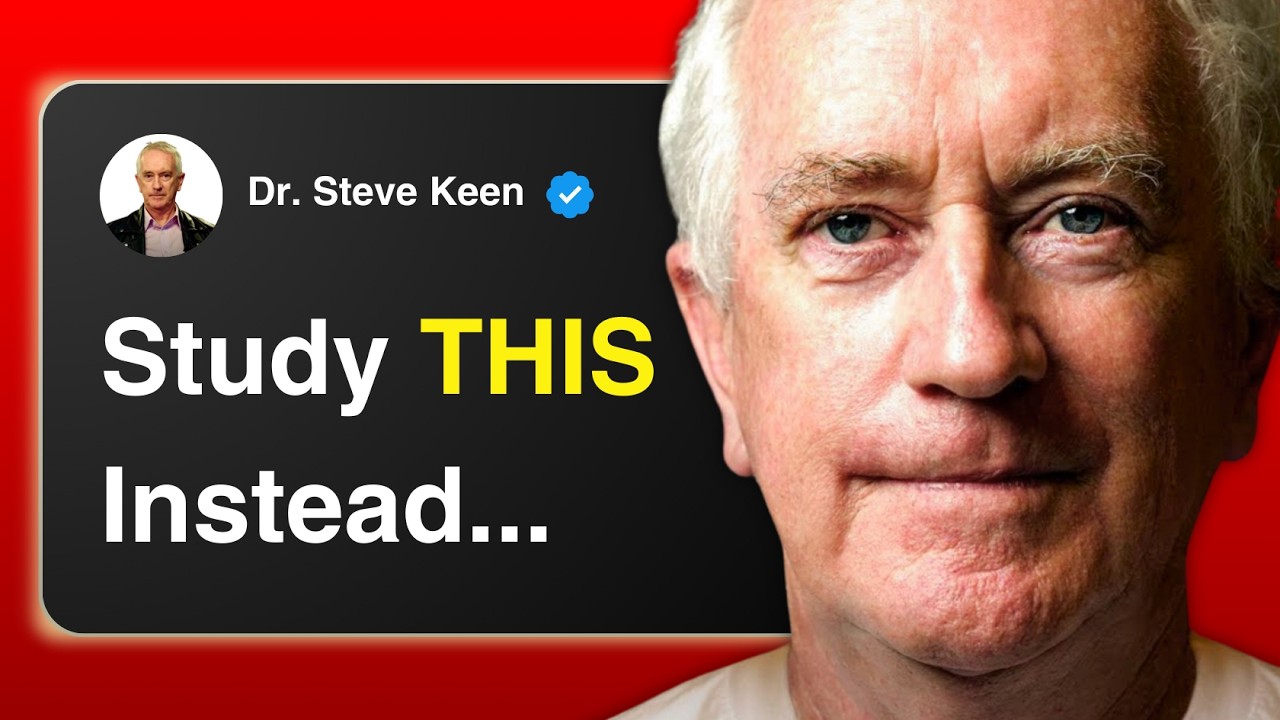The workplace of the future: Holacracy | London Business School
Summary
TLDRHolacracy, developed by software engineer Brian Robertson, is a novel management concept challenging traditional top-down control structures. Robertson advocates for a new governance model that encourages employee engagement and autonomy. Though still evolving and unproven, it has gained traction with over 300 organizations, including Zappos, which has successfully implemented its principles. While critics argue it's chaotic and best suited for smaller companies, its significance lies in pushing the boundaries of management practices and fostering innovation in organizational structure.
Takeaways
- 🔥 Holacracy is one of the hottest management ideas at the moment.
- 👨💻 The concept was developed by software engineer Brian Robertson as a new way of organizing companies.
- 🔄 Most companies follow traditional models, but Robertson advocates for a complete overhaul of governance principles.
- 🚫 He believes the current top-down control is flawed and disengages employees.
- 🌍 Holacracy has been adopted by over 300 organizations worldwide, each using different versions of the concept.
- 👟 Zappos, a division of Amazon, is the most famous example of a company that has fully implemented Holacracy.
- ⚠️ The model is still a work in progress and not definitively proven to work across all scenarios.
- 🤔 Critics argue that it may be too chaotic and unstructured, and some say it only works for smaller organizations.
- 💡 Despite the criticisms, Holacracy pushes the boundaries of management and challenges traditional hierarchical structures.
- 🚀 Even if not perfect, Robertson's experiments are contributing to the evolution of management practices in creative and invaluable ways.
Q & A
Who developed the concept of holacracy?
-The concept of holacracy was developed by a software engineer named Brian Robertson.
What problem does holacracy aim to solve?
-Holacracy aims to address issues of top-down control and lack of employee engagement in traditional organizational structures.
How does holacracy differ from traditional management models?
-Holacracy introduces a new set of governance principles that move away from hierarchical, top-down management, allowing for more autonomy and decentralized decision-making.
Which famous company has adopted holacracy?
-Zappos, an online shoe retailer and division of Amazon, has famously adopted holacracy.
Is holacracy considered a proven model of management?
-No, holacracy is still considered a work in progress, and it is not yet proven as a definitive management model.
What are some criticisms of holacracy?
-Critics say that holacracy can be too chaotic and unstructured. Some believe it only works well in organizations with a few hundred people.
How many organizations have implemented holacracy?
-More than 300 organizations around the world have implemented various versions of holacracy.
Why is holacracy considered significant despite its challenges?
-Holacracy is considered significant because it pushes the boundaries of what is possible in organizational structures, offering new ideas to move beyond traditional hierarchical models.
How long has holacracy been in development?
-Holacracy has been in development for about five or six years.
What is the fundamental goal of holacracy according to Brian Robertson?
-The fundamental goal of holacracy is to create a new way of organizing work that eliminates top-down control and enhances employee engagement by providing more autonomy and flexibility.
Outlines

此内容仅限付费用户访问。 请升级后访问。
立即升级Mindmap

此内容仅限付费用户访问。 请升级后访问。
立即升级Keywords

此内容仅限付费用户访问。 请升级后访问。
立即升级Highlights

此内容仅限付费用户访问。 请升级后访问。
立即升级Transcripts

此内容仅限付费用户访问。 请升级后访问。
立即升级浏览更多相关视频

"Holacracy" by Brian Robertson - BOOK SUMMARY

Span of Control | Organizational Design | MeanThat

"Don't Study Economics" Top Economist Warns Students

The 7½ Types of Business Organizational Structures

How to become a Software Engineer? 🧐 | How to learn coding?

3. Microservices Design Patterns | Part1: Introduction and Decomposition Pattern | HLD System Design
5.0 / 5 (0 votes)
